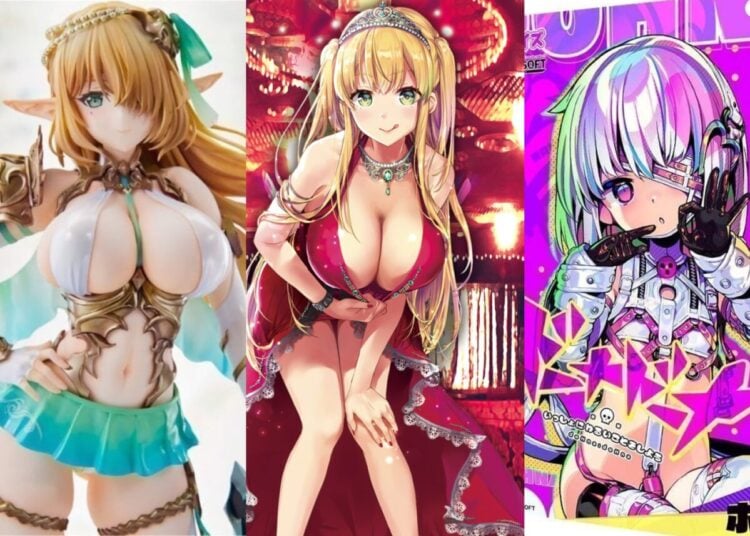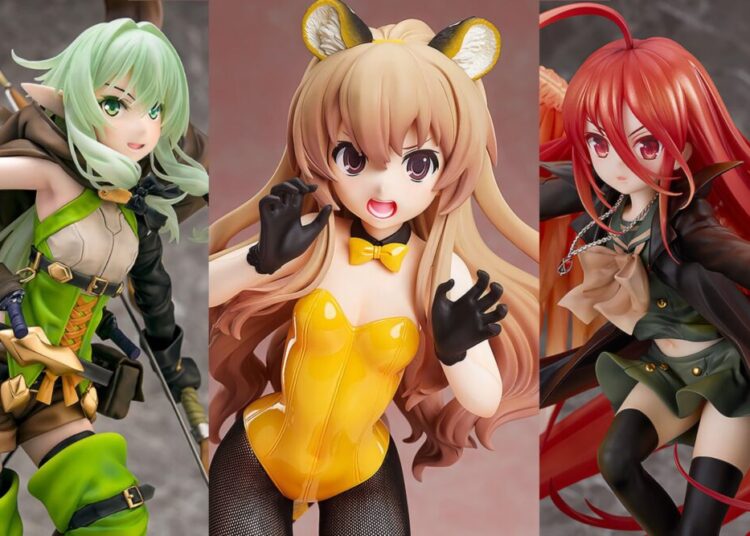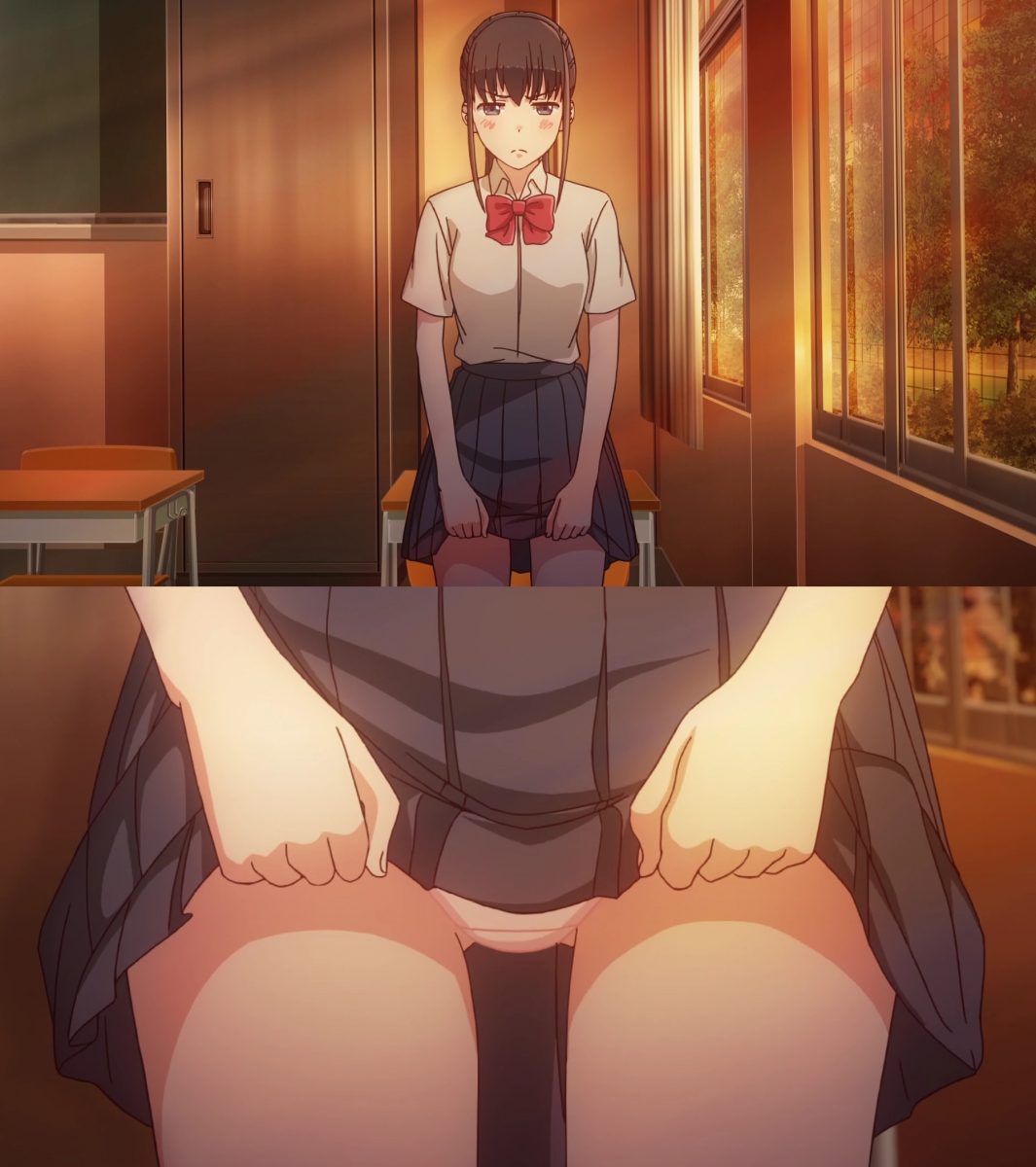I’m constantly amazed at the massive variety anime manages to offer us from season to season. Fans often complain about the over-representation of isekai fantasy stories, idol anime, and harem-of-the-week genres, but it’s not hard to find a totally fresh and original anime concept that doesn’t fit any of these stereotypes. That’s the case with Tokyo Revengers, which is a dramatic anime that’s a blast from the past in more ways than just the time travel element of its story.
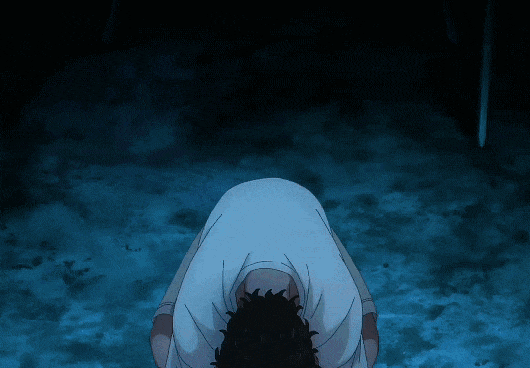
The Story of Tokyo Revengers
What was school life like for you? Did you spend it in a gang, wearing flamboyant clothes, dying your hair, and basically pretending like you were James Dean from Rebel Without a Cause, or John Travolta from Grease? You probably didn’t, but that can’t be said for our hero Takemichi, a former gang member who must travel back in time to save his girlfriend from dying.
Takemichi Hanagaki is living an unfulfilled life in Tokyo when he hears some sad news on the TV: Hinata, his girlfriend back during junior high school, had been killed by a crime group called the Tokyo Manji Gang, along with her brother Naoto. The next thing he knows, he’s been pushed in front of an oncoming train, but instead of dying, he “time-leaps” 12 years into the past, where his girlfriend is still alive and he’s a wanna-be gang member with blonde-dyed hair. Overjoyed to find Hinata alive, he happens upon her brother Naoto, and gives him a warning. “On July 1st twelve years from now, your sister is going to die. And when that happens, you’re going to die, too. Remember the date, Naoto, and protect your sister.”
His warning allows Naoto to change his life, becoming a police officer, although in the new history Hinata still dies. Thus begins the journey of Takemichi and Naoto to use the former’s ability to time travel between the present and the time of 12 years ago in order to find a way to save Hinata. To accomplish that, Takemichi is going to need to get a lot closer to the Tokyo Manji Gang than he ever wanted… and also get punched a lot.
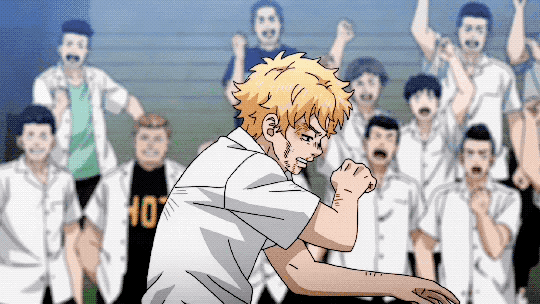
An Anime with a Unique Cultural Context
When I wrote my post about blonde characters in anime, and the fascination blonde hair often has for the Japanese, I promised to explain the odd tradition of yankii, the street gangs famous for dying their hair blonde, though of usually comes out something closer to orange.
Why would Japan’s street gangs acquire the name of “Yankee”? Basically, the new social phenomenon of young people forming gangs with military-style organization as a way to resist society’s demands to conform to its expectations went by several names, including tsuppari and furyou. Eventually, the fashion of dying their hair blonde “like Americans” caused the term “Yankee” to be applied to them, and it’s the most common one today.
My Experience with Yankii Gang Members in Japan
I came to live in Japan in 1991, which was at the height of the yankii boom. As I explored Japan and learned about my new country, I wondered who these colorful young people wearing matching uniforms with blonde-dyed hair were. They obviously occupied a unique place in society, often being chu-sotsu, meaning someone who has only attended junior high school, the final point of compulsory education in Japan, and not attended high school at all. In an education-focused country like Japan, to be a high-school dropout is pretty much the worst thing you can be.
While uniformed street gangs might seem scary at first, I learned early on that they were just big teddy bears who acted tough because they were with their friends, and there was nothing to fear from them. When I encountered some of these young people at festivals (they love to hang out at festivals!), I would often approach and speak to them rapidly in English, making jokes with them. Often one would offer me a beer and I’d enjoy hanging out with a very different type of Japanese than the ones I encountered in my ESL classes.
There’s a whole vocabulary for yankii rebel culture. Here are some examples!
- ヤンキー yankii: the most common term for these delinquent gang members, and all who copy their fashion.
- 暴走族 boso-zoku: the variation of these gangs who ride motorcycles modified to be extra-loud as a way of causing annoyance to society at large. Whenever the days start to get warmer, you can hear them driving around J-List’s home city.
- 不良 furyou: a generic term literally meaning “not good” which describes these gang members. As with many derogatory labels, it was picked up by the delinquents and turned into a badge of honor by them.
- スケバン sukeban: a term for a strong delinquent female, celebrated in the old 80s Sukaban Deka, about a rough girl who becomes a police detective, which Kill la Kill is in part an homage to.
- チンピラ chinpira: a generic term meaning “punk.”
- リーゼント riizento: the puffed-up hairstyle Elvis Presley sported in the mid-1950s, called a pompadour, ducktail or duck’s ass, basically got frozen in time in Japan among yankii. The term comes from “regent hair,” another name for the hairstyle.
- 元ヤン moto-yan: a “former yankii” who has put his rough days behind him and is trying to start a new career…usually to provide for his girlfriend who he has knocked up.
- ロカビリ rockabilly: a 1950s era form of rock dancing that took hold here in Japan, undergoing several revivals. If you want to see it in action today, just visit Ueno Park on any Sunday, and you’ll see a big group showing off their dance moves and 1950s-era hairstyles.

At its core, modern gyaru culture is very much just an extension of this desire to rebel, with girls choosing to wear the most flamboyant fashions they can find in an effort to enjoy some individuality in a society like Japan where that can be difficult.
My Experience with Yakuza Gangsters
These yankii gang members can be thought of as “mini yakuza” since they often work for them, doing pretty crimes and transporting drugs for them. Thanks to my love of Japanese hot springs and public baths, I’ve also encountered more than a few actual yakuza, with full-body tattoos and (presumably, though I’d never be so rude as to look closely) a tendency to have cut-off pinky joints.
How are the yakuza in Japan? Pretty normal guys, as long as you show them respect. Just hope you don’t encounter an atari-ya, which is a word for a yakuza who will get into a car accident with you on purpose in order to extort high damages from you and your insurance company. Though they would never be so rude as to do this to a foreigner, who is by definition a guest visiting in Japan.
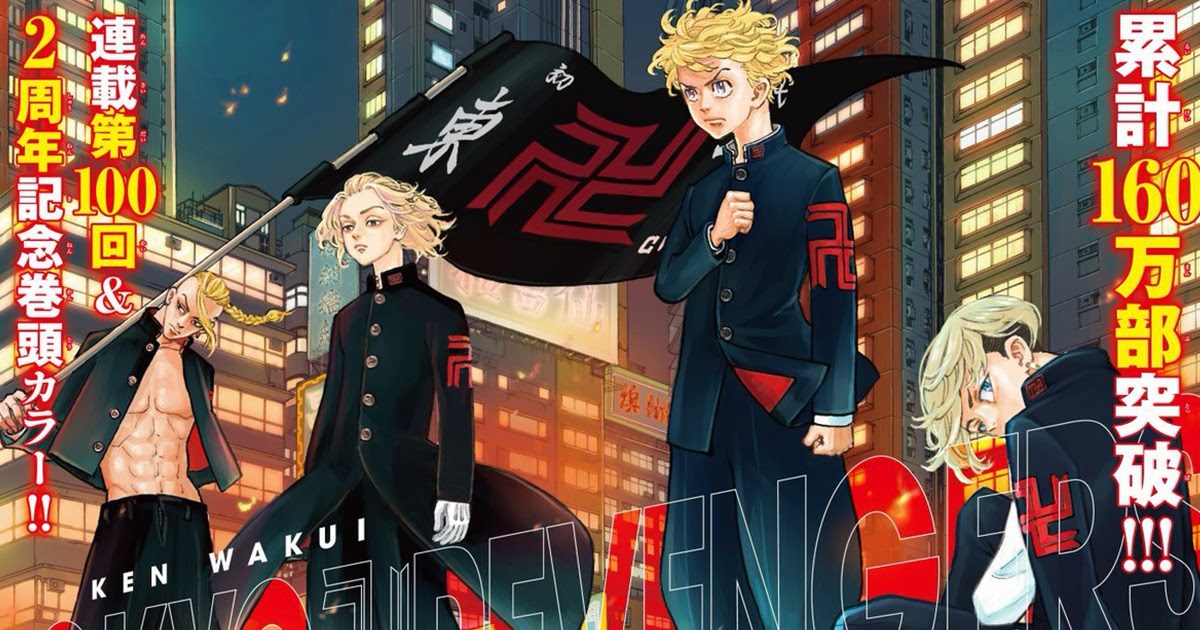
Why is Tokyo Revengers So Popular?
Based on a manga by Ken Wakui that’s sold more than 16 million volumes, it’s interesting to wonder why Tokyo Revengers is such a runaway hit. I think it’s a combination of several factors, including the simplicity of the story (a boy’s journey across time to save his girlfriend and perhaps repair the mistakes he’s made in his own life), as well as the raw masculinity of it all, the adrenalin that comes from boys and men fighting each other for supremacy. Considering how effeminized anime has become in our modern era of cutesy moe characters, perhaps Tokyo Revengers is the story we all needed to put some hair back on our collective chests.
Thanks for reading this post about Tokyo Revengers. Are you a fan of the show, or the manga? Post your comments below, or tell us on Twitter!
J-List’s sister company J18 Publishing continues to hit it out of the park, with two bold new releases for fans of uncensored + translated doujinshi from Japan’s best artist. Browse and preorder the newest books here!



